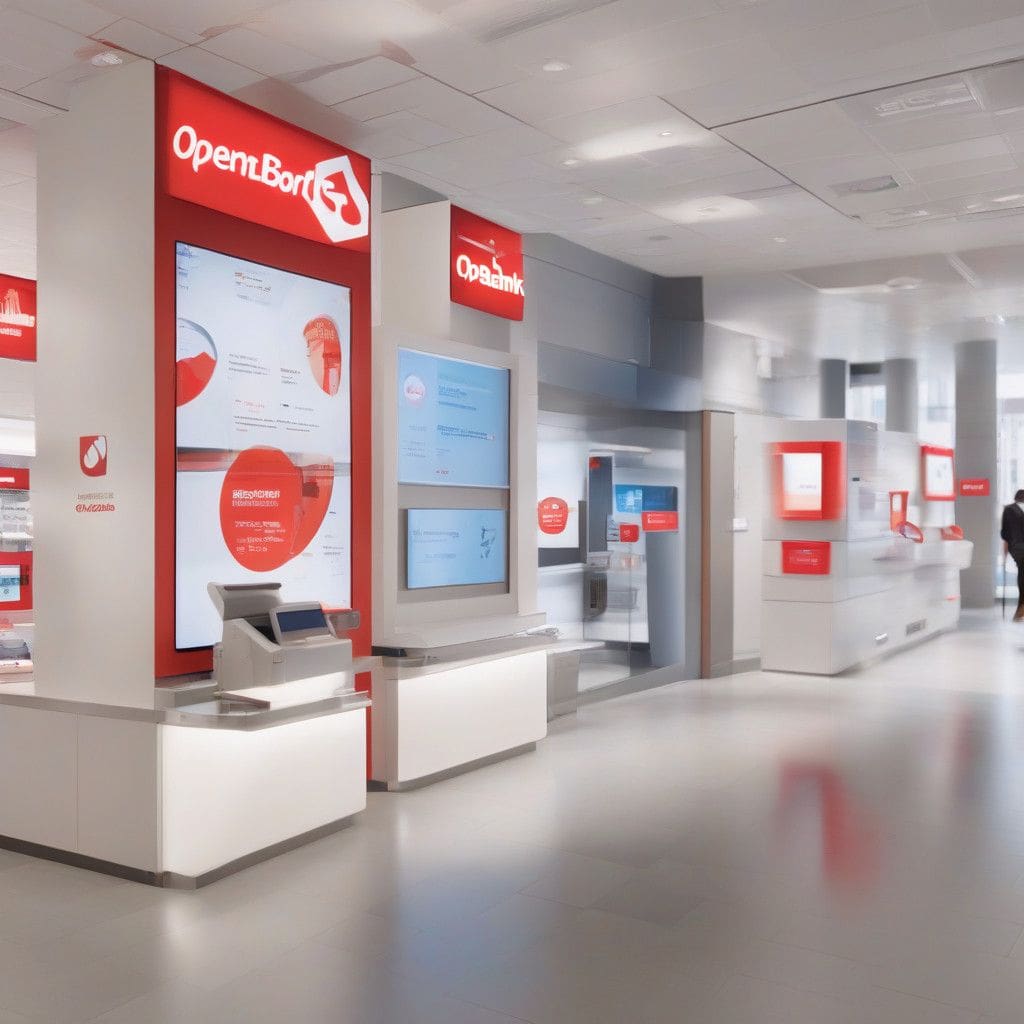Santander, the Spanish banking giant, has recently initiated a significant expansion of its digital banking operations by launching Openbank in the United States. This strategic decision reflects Santander’s ambition to enhance its retail banking footprint in the US—a move that marks its commitment to thrive in a highly competitive banking landscape. The introduction of Openbank is not just about extending services but is a calculated effort to capture market share and elevate customer engagement through digitally-oriented banking solutions.
Santander’s entry into the US with Openbank is backed by a staggering commitment of up to $30 billion to fund auto loans. This investment underscores the bank’s confidence in the potential of the US market, where it already has a notable presence. Currently, Santander’s US operations control over $45 billion in retail deposits and approximately $60 billion in auto-related loans. This foundational infrastructure equips Openbank with substantial resources to attract and serve customers effectively.
A pivotal aspect of Openbank’s strategy is its offer of a competitive yield of 5.25% on savings accounts. In a time when consumers are increasingly seeking better returns on their deposits, this appealing interest rate positions Openbank as a viable option against established financial institutions. Customers often gravitate towards banks that not only fulfill their basic needs but also provide significant financial incentives. By offering a higher yield, Santander aims to distinguish Openbank from competitors and encourage customer deposits.
In terms of its operational model, Openbank adopts a digital-first approach and aims to minimize funding costs by prioritizing customer deposits over traditional wholesale funding. This shift is strategic, particularly in an environment that is witnessing a growing demand for accessible and efficient banking services online. Consumers today seek convenience, and by leveraging technology, Openbank can deliver an array of services swiftly.
While Openbank launches with a focus on auto loans and savings, it notably will not be revisiting the mortgage lending market in the immediate future. This decision may seem unusual, given the size of the mortgage market in the US, but it aligns with the bank’s intention to concentrate on scaling its digital offerings. By foregoing traditional mortgage lending, Santander can allocate resources toward enhancing its main digital banking services, thereby ensuring efficiency and a seamless customer experience.
Tim Wennes, CEO of Santander in the US, emphasized the importance of collaboration as well. While staffing for Openbank may not see extensive growth immediately, Santander is open to exploring partnership opportunities to strengthen its digital banking platform. Such alliances can prove invaluable in the rapidly transforming financial services sector, where technology and customer expectations evolve at a breakneck pace.
This initiative by Santander aligns with a broader, global digital banking strategy. Openbank is not only targeting the US market but also aims to penetrate other markets like Mexico in the future. This geographic expansion is crucial, as it helps create a diversified portfolio and reduces reliance on any single market. Global digital strategies enable banks to share resources, technology, and best practices across countries, enhancing operational efficiency and customer satisfaction.
In conclusion, the launch of Openbank signifies a noteworthy commitment by Santander to adapt and thrive in the digital banking age. By leveraging its established resources, offering compelling financial products, and remaining open to strategic partnerships, Santander is poised to not only strengthen its US retail presence but also enhance its global competitive positioning. Customers can expect to witness an increasingly digital banking landscape that prioritizes convenience, attractive offerings, and innovation.
